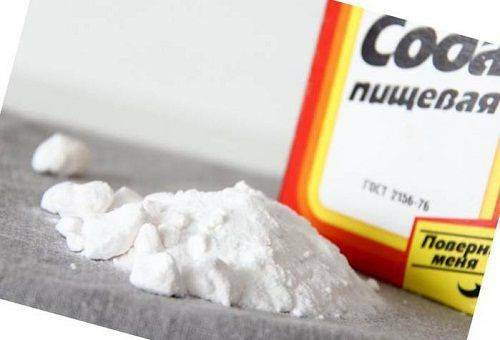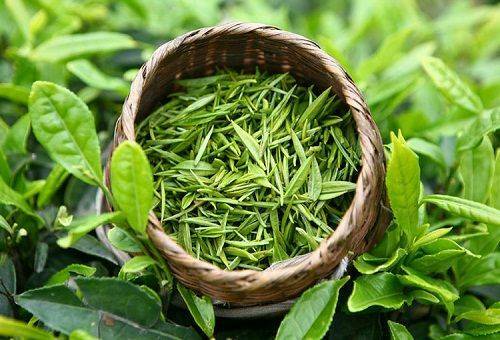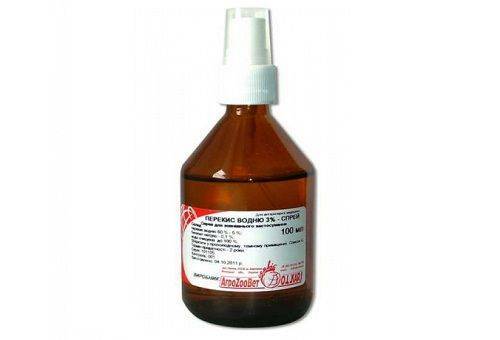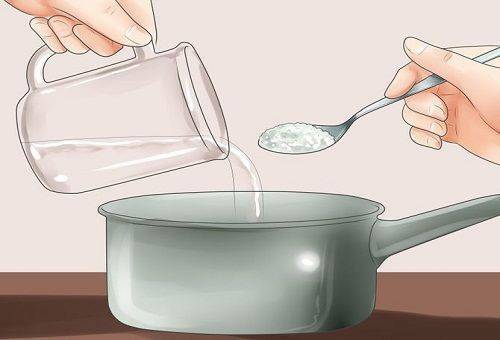Contents:
- Pre-treatment of contamination that improves the efficiency of the home-made stain remover
- Effective tools for working with color and white items
- We select the stain remover for the specific type of contamination
Despite the wide range of industrial products designed to eliminate the most persistent impurities from the fabric surface, many housewives andtoday they prefer to use affordable and effective folk products. To prepare a quality stain remover with your own hands, you can use ingredients that are always at hand.

This same approach can come in handy if the beloved composition is over, and the matter needs to be urgently removed from severe contamination. Another undeniable plus of homemade household chemicals is the possibility of using not only for processing clothes, but also restoring fabric upholstery of furniture.

Glycerin
Pre-treatment of contamination that improves the efficiency of the home-made stain remover
After detecting contamination on the fabric, do not immediately soak the product in the stain remover or apply the prepared solution to the fabric. The maximum positive effect is possible only if the following conditions are met:
- If the stain is liquid, we will soak it with a rag. If dense - scrape with a knife.
- To remove pollution, proceed immediately. If this is not possible, then the problem area should be soaked in cool water.
- When working with an old stain, it is necessary to pre-treat it with glycerin.
- At the first stage, you need to make a soapy solution and wash the cloth in it. An equally clear purifying effect gives carbonated water.
- If possible, then the stain remover for contamination is better to work from the wrong side. Work needs from the periphery of education to the center, then the fabric will not have a divorce.

Most home stain remover gives the desired effect from the first application. Only when the remedy does not help, it is allowed to increase its concentration and use it again.
Effective tools for working with colored and white things
Pollution on colored things causes a headache in many housewives. Even industrial compounds in this case are able to spoil the product, because in the process of removing stains, the color of the fabric is often washed out. To prevent this, you need to make a stain remover based on green tea:

Green tea
- We need a quarter of the standard bar brown soap, half a glass of fresh and strained green tea, three tablespoons of soda ash, a liter of hot water.
- Soap rubbed on the grater, add to water, stir and bring the composition to a boil. When the soap is dissolved, add the remaining ingredients and mix until homogeneous.
- Remove the mass from the heat and cool to room temperature. Take half the glass of the obtained composition and add it to the washing machine.

Wiped soap
Wash white things at home will not cause trouble if carried out using the following means:
- Take a glass of hot water in half a glass of 3% hydrogen peroxide and baking soda.
- In water, we dissolve the soda, then add peroxide and mix. We pour the product into a spray and spray it over the stain. If the contamination is fresh, then you can start washing in 10 minutes. If you are old, you will have to wait at least 7-8 hours.
After applying these products, it is best to wash the damaged product in the machine, but also when hand washing the approaches give a good result.

Hydrogen Peroxide
We select the stain remover for the specific type of contamination
In addition to the above universal products, many products have been invented over the long years of the domestic household chemicals existence, which are characterized by increased efficiency in the case of contamination of a certain type:

Brine
- Traces of fresh grass quickly eliminate brine. We make a teaspoon of salt in half a glass of warm water, apply the composition on the stain for five minutes and wash it with warm water. To remove the same contamination from the white surface, mix 3% hydrogen peroxide with a small amount of ammonia. The product is applied to the stain, slightly three and rinsed.
- Yellow spots from perfume and toilet water disappear after treatment of the affected area with wine vinegar followed by several drops of acetone. We erase the product as usual and, if necessary, repeat the manipulation.
- It is very easy to remove traces of fruit juices. Simply soak the garment in warm water with the addition of vinegar( tablespoon per liter) and dishwashing detergent( teaspoon per liter).
- Ink quickly comes off if treated with acetone. Wet the cotton disc in the composition and soak the contamination. We wash the product with the addition of detergent or gel.
The same means can be used to clean upholstered furniture. Only instead of soaking will blot the spots with active solutions or reach them, unfastening the upholstery.


